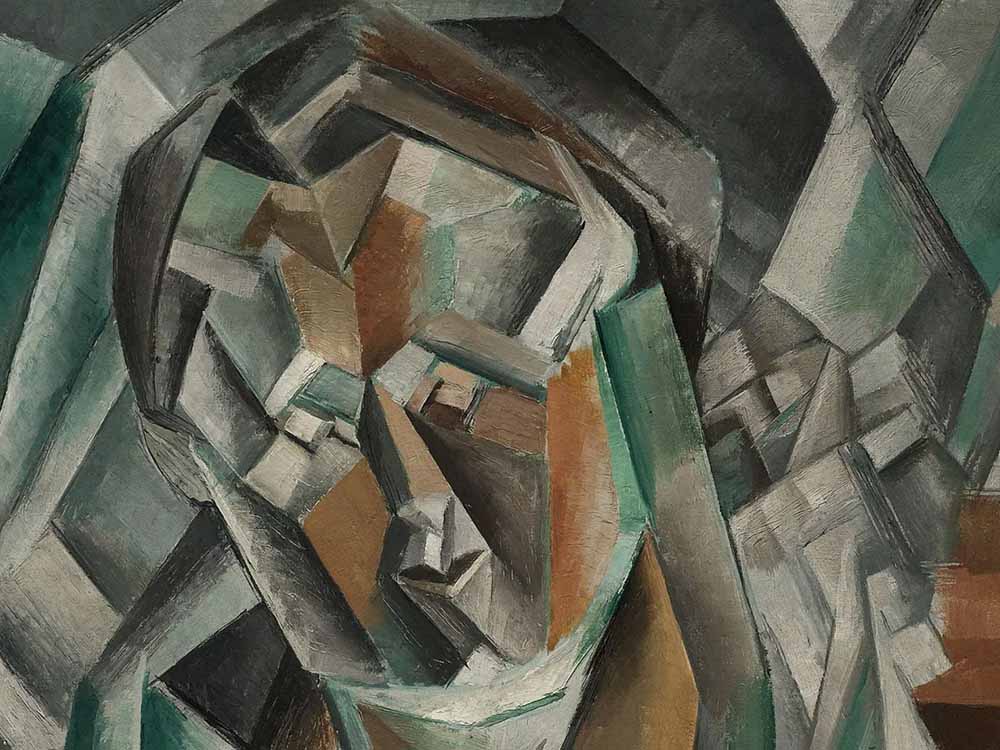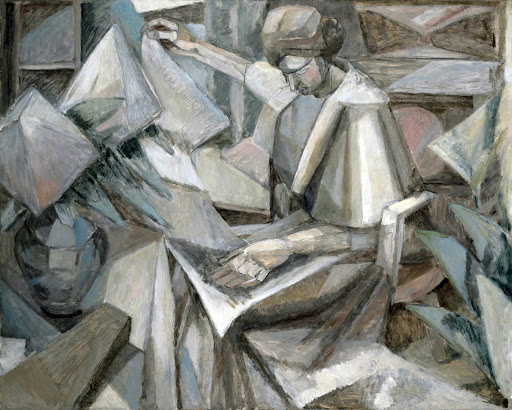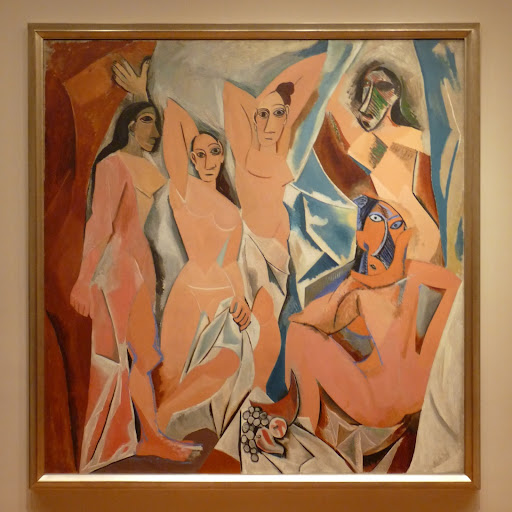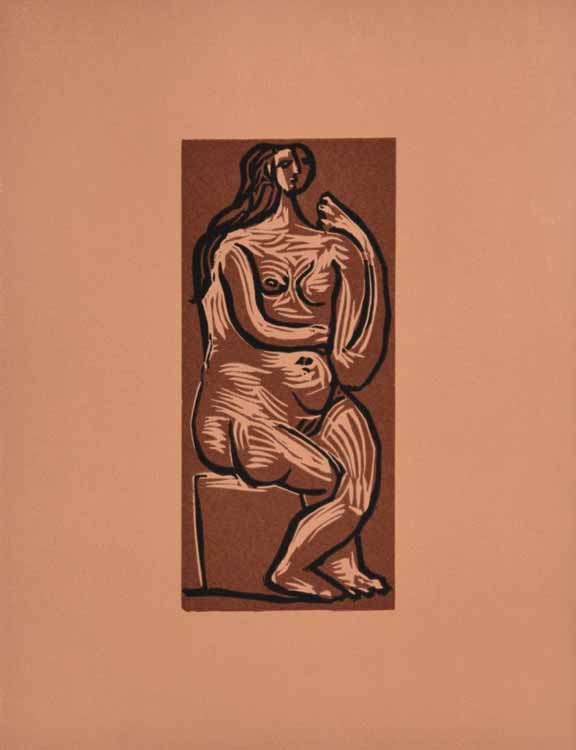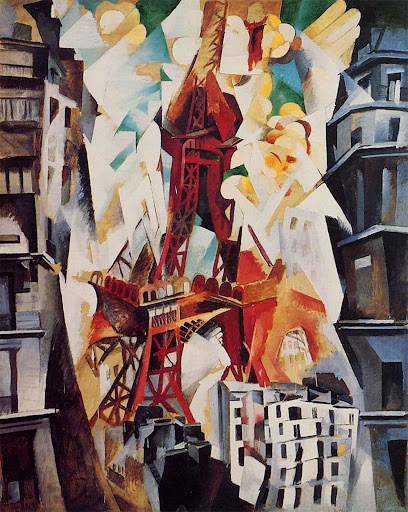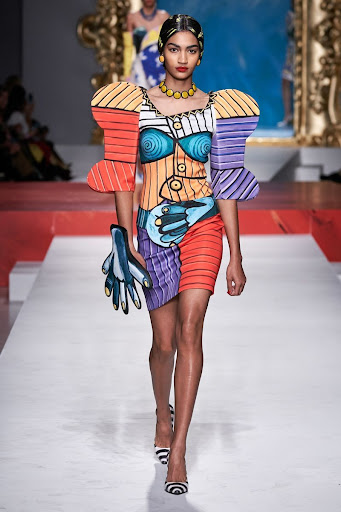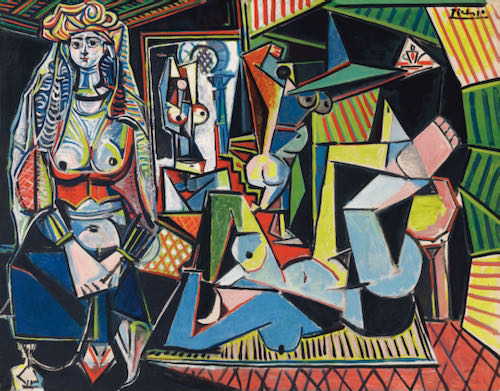Cubism was an art movement started by artists Pablo Picasso and Georges Braque in the early 20th century after the two first met in 1905. The style was characterized by breaking almost every rule in painting. It rejected traditional perspectives and models in art in favor of abstract, geometric, and simplified shapes. African tribal masks also influenced Picasso’s art style after he was shown one on a trip to the continent.
Where Does It Come From
In 1907, Pablo Picasso painted the Les Demoiselles d’Avignon, often considered the first proto-cubist painting ever made. The painting was widely rejected by Picasso’s peers, many of whom considered it a bad joke. But long after Picasso’s death, it is now viewed as a masterpiece in its own right.
“When we discovered cubism, we did not have the aim of discovering cubism. We only wanted to express what was in us.”
— Pablo Picasso
How it Evolved
Many of Picasso’s early works of cubism were kept away from the public eye. In the meantime, he worked with Georges Braque to further develop the art style, often spending almost every evening with him for 2 years. Later on, many artists would embrace the movement, including Juan Gris, Fernand Léger, and Marcel Duchamp. Picasso himself would take more risks using the art style, venturing into uncharted territory with pieces like the Femme Nue Assise in 1910.
“Cubism is the art of depicting new wholes with formal elements borrowed not only from the reality of vision, but from that of conception.”
— Guillaume Apollinaire
Impact on Art
Cubism was, perhaps, one of the most impactful art movements of the 20th century. It would go on to influence other movements like Futurism, Orphism, and Constructivism, along with almost every piece of abstract modern art that we see today. More importantly, it helped normalize showing mental perspectives, along with — if not in the complete absence of — physical perspectives.
“Cubism did not accept the logical consequences of its own discoveries; it was not developing abstraction towards its own goal, the expression of pure reality.”
— Piet Mondrian
Impact on Literature
Modern writers such as James Joyce, Virginia Woolf, and William Faulkner often used cubist elements in their writings. This included elements such as internal landscapes, multiple perspectives, and fragmented individuals. Cubist literature encouraged readers to explore the meanings behind visual images present alongside the text. Many novels and books were also written on the subject of Cubism.
“Cubism came about because, in the process of analyzing form, something that lay in the form, a plane, could be lifted out to float on its own.”
— Joseph Plaskett
Impact on Fashion
Cubism had a profound impact on the high-fashion industry as early as the 1920s, with the introduction of muted colors and geometric designs on the runway. Fashion designers such as Mary Quant would incorporate Picasso-inspired designs into their creations. Quant is often credited as the inventor of miniskirts and hot pants. Cubist fashion has made a return to the runways in recent years, with many designers experimenting with cubist designs.
Impact on the World
Cubism was one of the most successful art movements in the 20th century. Some cubist pieces would go on to be among the most valuable paintings ever made. Picasso’s painting, Femme Assise, 1909 holds the record for a Cubism painting through Sotheby’s London at $151.9 Million. Cubism also greatly impacted the world’s view on expression and art itself. The use of geometric shapes over intricate design became a standard in postmodern architecture and design, and much of that can be attributed to the success of Cubism. But perhaps the greatest way it influenced the world was its argument that even photorealism can sometimes fail to show life from different perspectives, or for what it really is.
Looking to explore more art genres? Head over to JoeLatimer.com for a multidisciplinary, visually stunning experience. ☮️❤️🎨
Enjoy this blog? Please help spread the word via:


